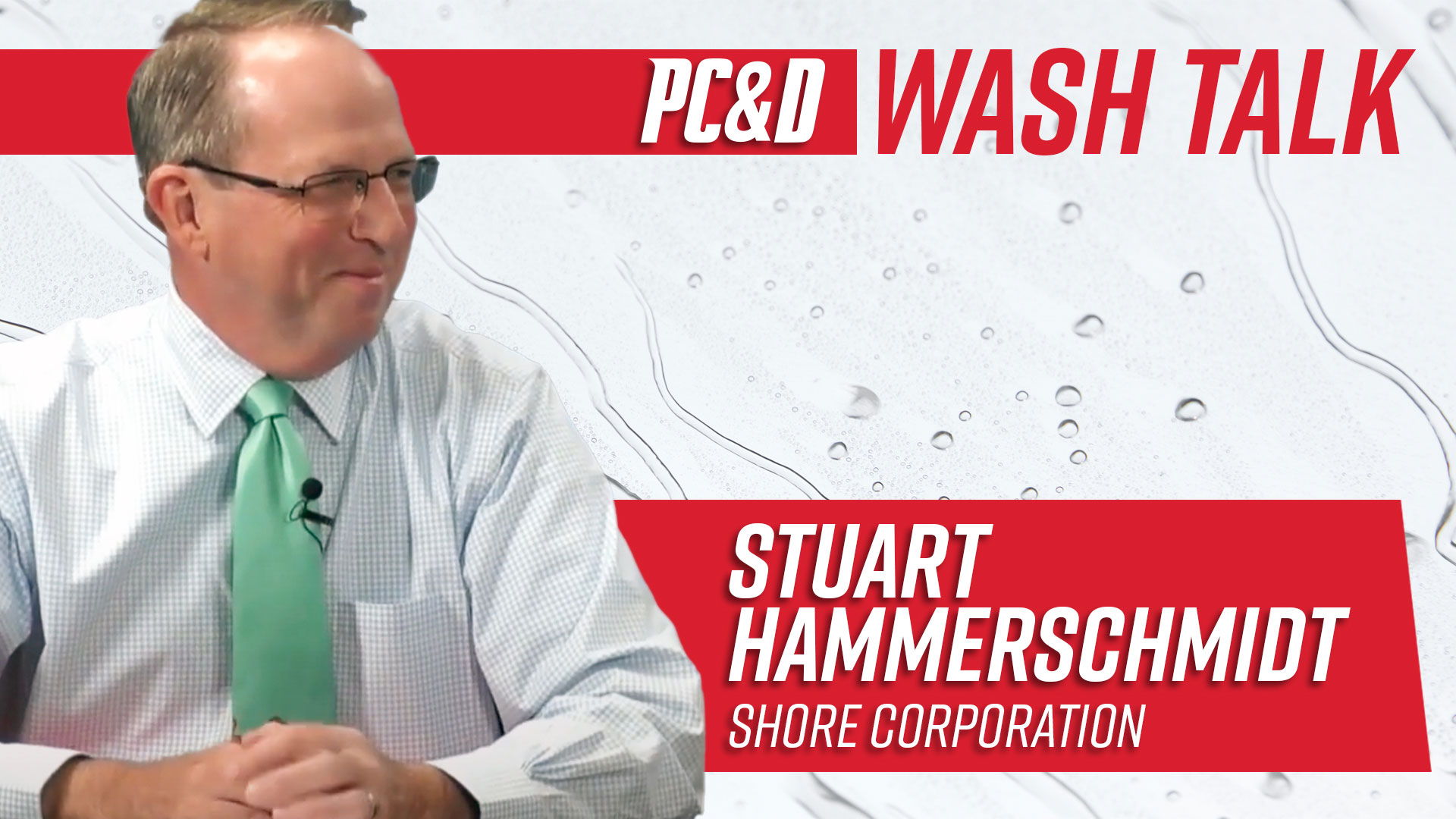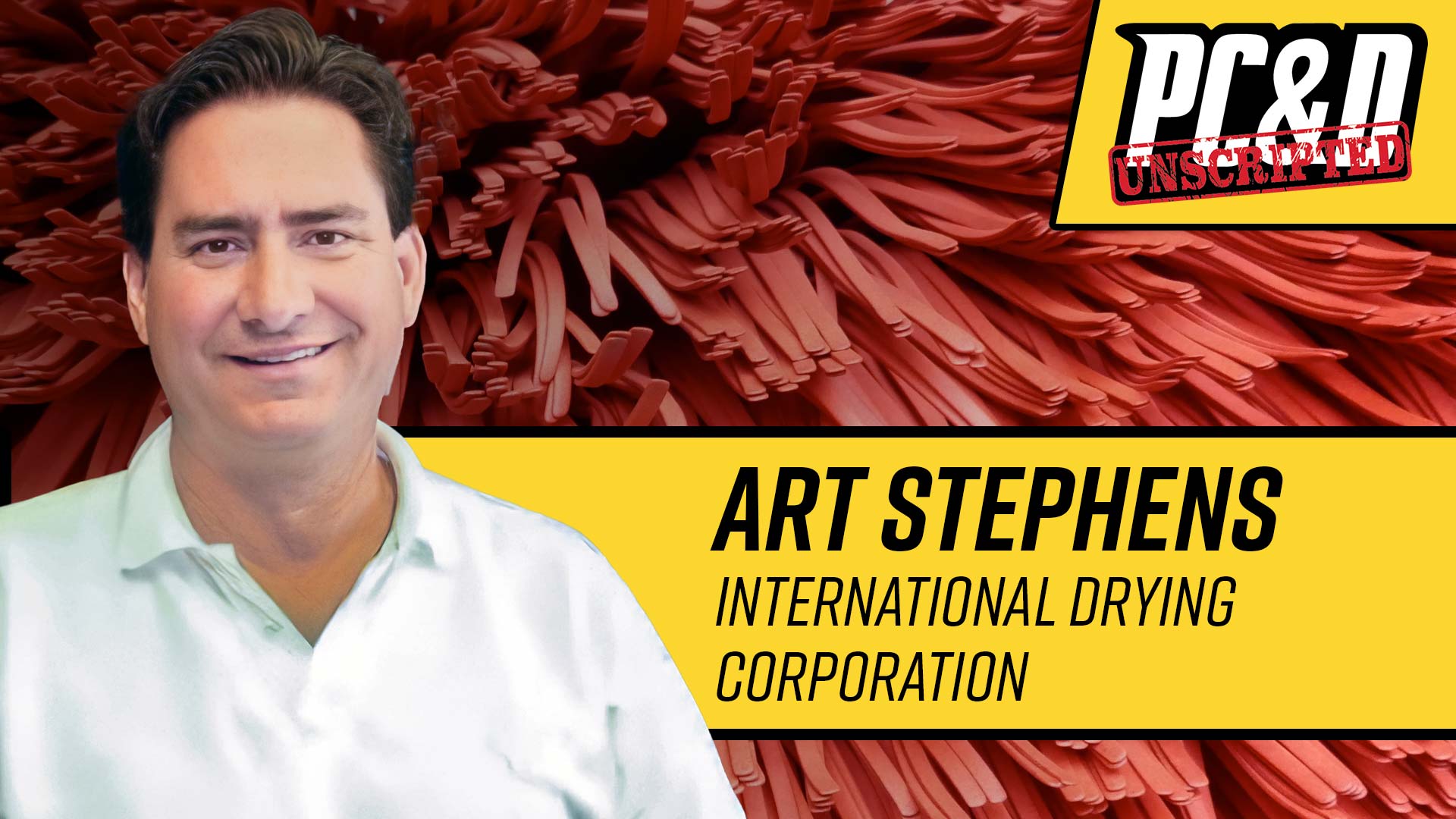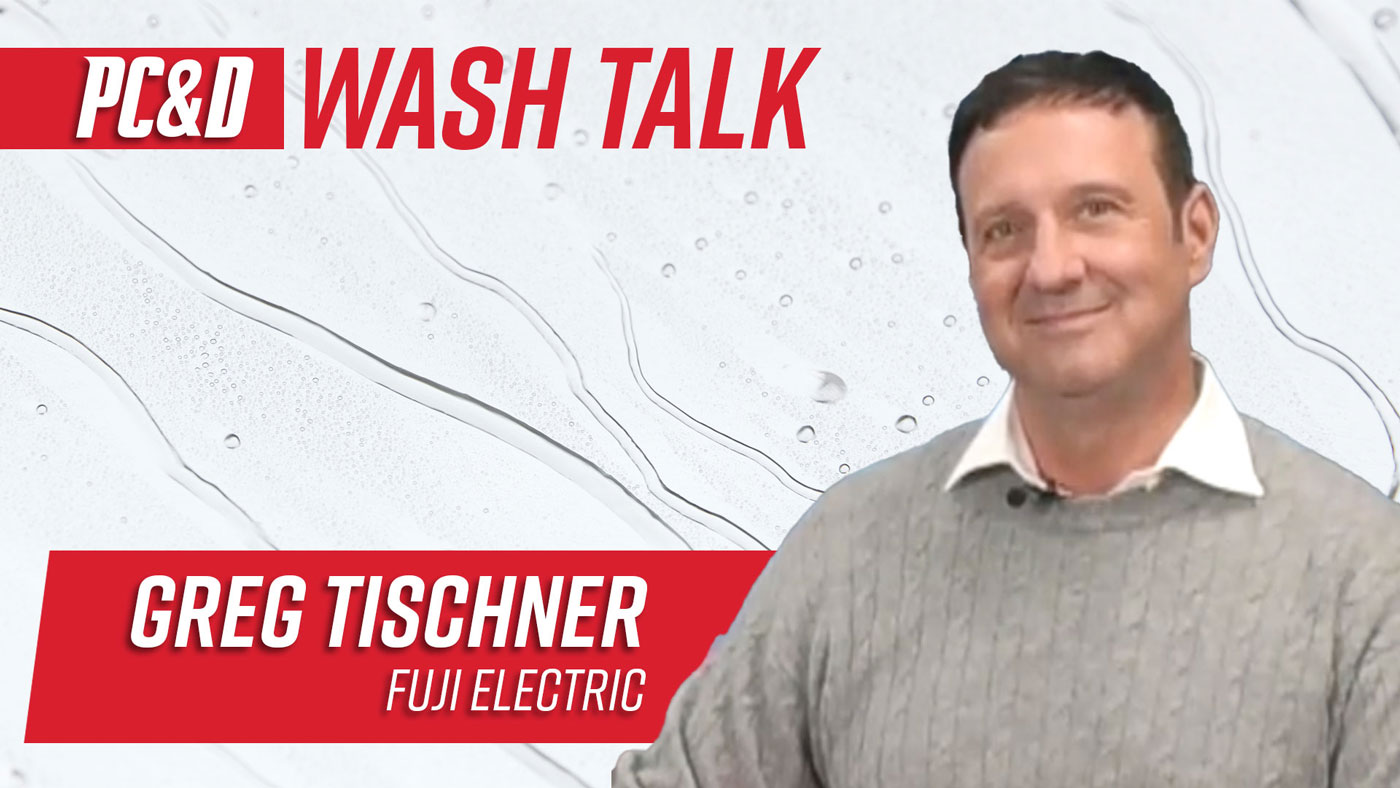There’s a magical alchemy in how we get to where we’re going. A dot on the map, a full tank of gas and the open road. We navigate the twists and turns and arrive at our destination. The automotive aftermarket, however, has turned that process into a science with distribution delivering the right part to the right place at the right time.
When a shop needs a specific car part by the next day, or even within a few hours, they rely on an intricate network of distribution centers, delivery vehicles, and logistics teams working in perfect synchronization. It’s infrastructure that was stress tested in recent years as the world navigated a global pandemic, but distribution kept automotive aftermarket parts moving.
Post-Covid, the adoption of contactless delivery became a norm, but it was clear the intricacies of the automotive parts distribution, like handling returns and cores, demanded a more strategic approach. Babcox Media’s David Sickels connected with Transtar to talk about the evolution of distribution. One of the biggest takeaways was Transtar’s decision to bring their fleet in-house. By controlling their logistics, they could ensure better efficiency, superior customer service, and enhanced profitability.
From there, the Road to AAPEX turned into Las Vegas where Babcox Media’s ASE-certified technician Joe Keene and the Lincoln Blackwood rolled onto the show floor as the rest of the Road to AAPEX crew takes one final look in the rear-view mirror for a glimpse into the history of the aftermarket and AAPEX before charging into this year’s AAPEX to see what’s in store for the future of the automotive aftermarket.
Be sure to watch the conclusion of this year’s Road to AAPEX.













